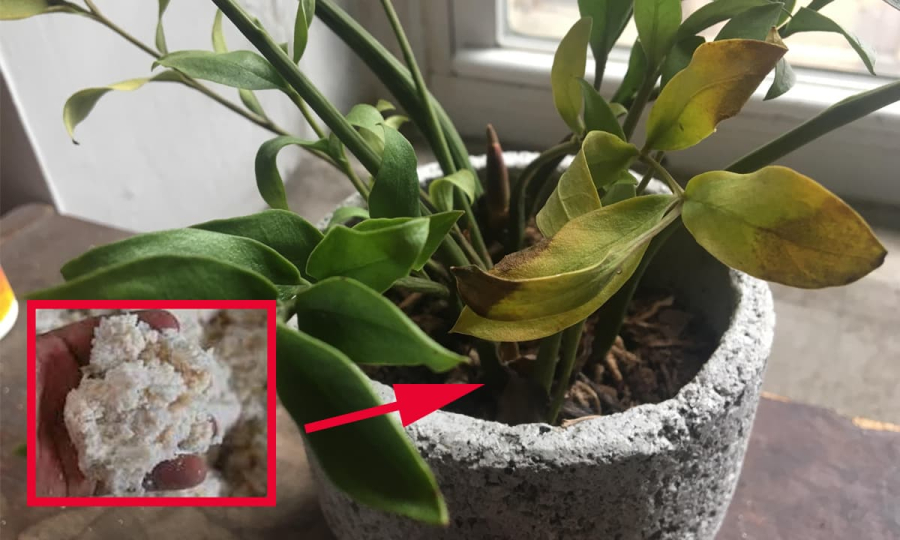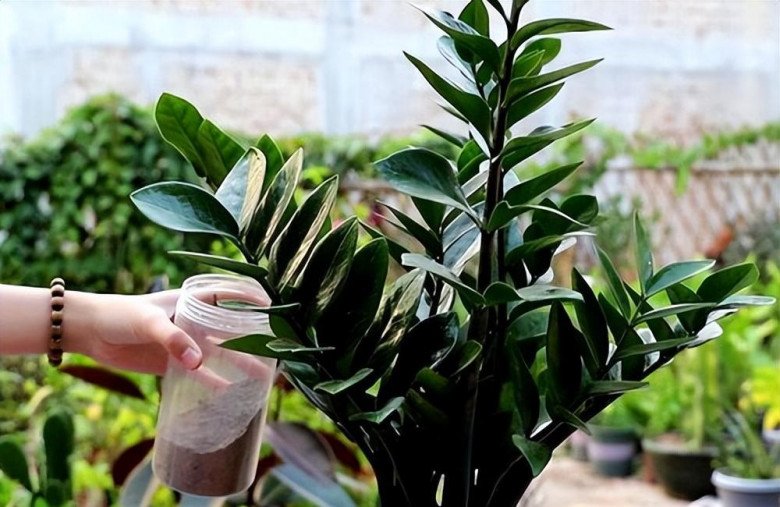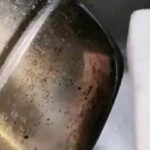The Money Tree, also known as the Pachira plant, is a popular houseplant in Vietnam and around the world. Believed to bring good fortune and prosperity, many people enjoy having this tree in their homes. However, if you notice your Money Tree looking wilted, with weak branches and thinning leaves, it’s time to take action and bring it back to life.
Reviving a Wilted Money Tree
The Money Tree, or Pachira, is loved for its delicate beauty and positive feng shui implications. In Vietnamese culture, it is thought to attract luck, wealth, and prosperity. As a result, many families choose to decorate their living spaces with this auspicious tree.

Soybean pulp is an excellent source of nitrogen and potassium.
Despite being easy to grow and low-maintenance, some people find that their Money Trees start to show signs of distress over time, with leaves thinning and branches weakening. If you encounter this issue, the best solution is to use fermented soybean pulp as fertilizer.
Soybean pulp, a by-product of making soy milk or tofu, is rich in nitrogen and potassium. Additionally, the phytic acid it contains promotes lush growth and shiny, vibrant leaves. You can either make your own soybean pulp by cooking soy milk or source it from tofu shops. If soybean pulp is not available, tofu can be used instead.
However, it is crucial to avoid applying soybean pulp directly to the Money Tree, as it may cause root rot or scorch. Instead, the pulp should be fermented before use. To do this, place the pulp in a bucket or sealed plastic container, add a small amount of water, and close the lid. Avoid filling the container completely with water, as fermentation may cause the mixture to expand and overflow.
Additionally, you can enhance the fermentation process by adding a few pieces of chopped citrus peel (orange, tangerine, grapefruit, or lemon) or purchasing microbial inoculants. These additions help neutralize the unpleasant odor that can occur during fermentation. Place the container in a warm, well-lit area, and let the fermentation process take place over 2-3 months.
Once the soybean pulp has successfully fermented, dilute it with water at a ratio of 1:10 to 20, and use this mixture to water your Money Tree once or twice a month during its growing season. This will stimulate new growth, thicker leaves, and a more vibrant appearance.
Other Care Tips for Your Money Tree

During the growing season, dilute the fermented soybean pulp with water at a ratio of 1:10 to 20, and water your Money Tree once or twice a month.
Light: Money Trees thrive in bright, indirect light. While they enjoy a well-lit environment, direct sunlight can be too intense and should be avoided.
Watering: As a succulent with water-storing roots, overwatering can lead to root rot. Allow the top inch of soil to dry out before watering your Money Tree. During hot weather, you can mist the air around the plant or its leaves to increase humidity, promoting shinier, healthier foliage.
The Lucky Money Tree: Unlocking Abundant Wealth with the Power of Feng Shui
The Money Tree, or Pachira Aquatica, is an auspicious plant with a unique presence. Its vibrant energy and lush foliage have long been associated with prosperity and good fortune in Asian cultures. This guide will delve into the art of placing the Money Tree in your home, aligning with the ancient principles of Feng Shui to invite abundance and positive energy into your living space.



































